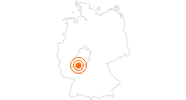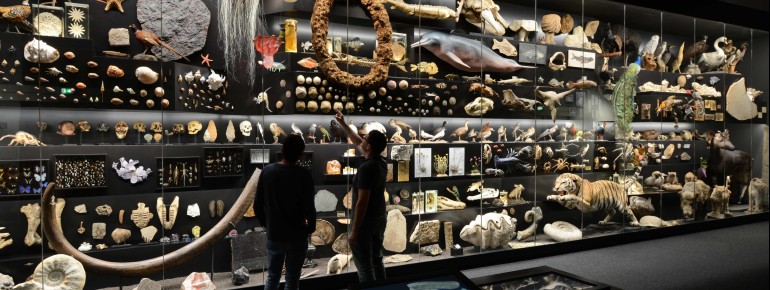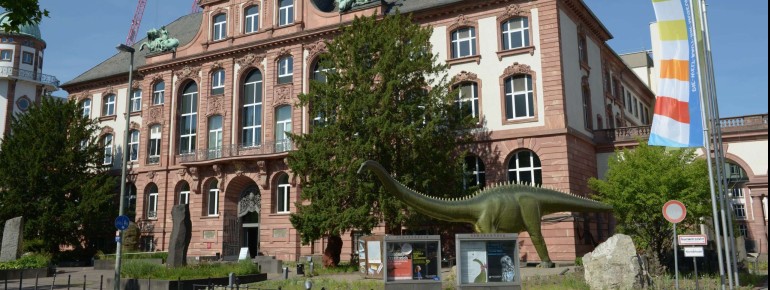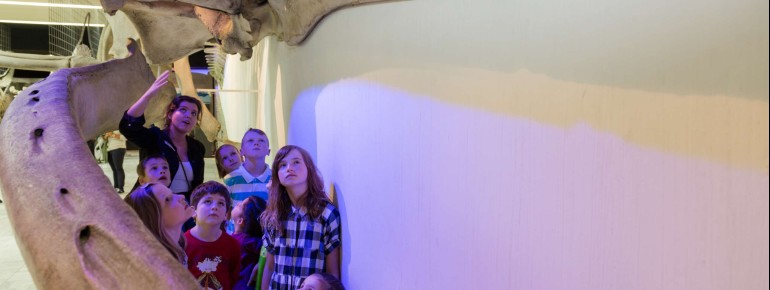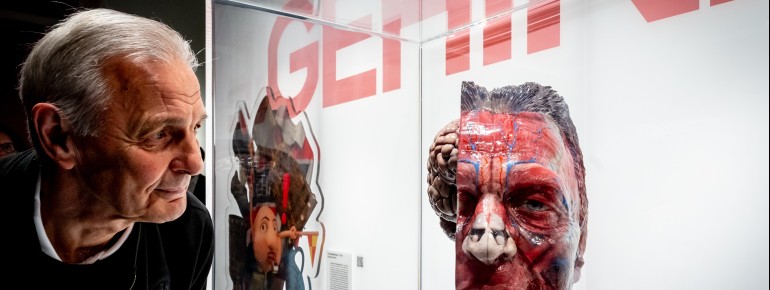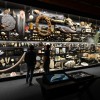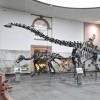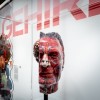Contents
Description
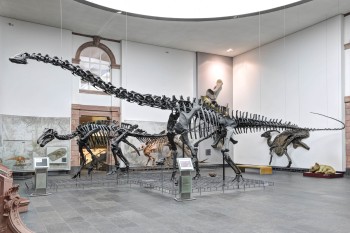
Since the 1820s, the Senckenberg Natural History Museum in Frankfurt has captivated visitors with unique exhibits gathered from expeditions around the world. Even Johann Wolfgang von Goethe contributed pieces to the collection. Located at its current site since 1907, the museum delights with its impressive variety. Changing special exhibitions provide opportunities for new discoveries, while the diverse permanent exhibits offer fascinating insights into natural history.
Endless Wonder at Senckenberg
The permanent exhibits are as diverse as they are interesting. From dinosaurs to Deep Sea and Marine Research to nature and medicine, everything is included. The dodo, for example, can also be found here. A life-size reconstruction of the flightless bird has been on display for several years. There are also real remains of animals and dinosaurs on display. For instance, an Archaeopteryx fossil and its habitat have their own exhibition hall. The museum also features giants of modern times, such as the 21-meter-long skeleton of a fin whale, the second-largest animal on Earth.
It is the variety that makes the Senckenberg Natural History Museum so special. As a classic exhibition collection, it features skins and specimens of various animal species, regardless of whether they are extinct. In addition to the most diverse living beings, other complex topics are also explored. How do earthquakes occur? Why do volcanoes erupt? These and more answers can be found at Senckenberg. In the "Aha?! Science Lab" everyone can participate. Visitors can interact with scientists, assist with real research projects, or examine objects from nature. All of this is possible in this area.
The human aspect is also thoroughly examined. A particular highlight is the "Brains" area, where a 3D print of football legend Charly Körbel’s brain is displayed. Visitors can engage with how perception, reaction, and emotions work together in the brain. The exhibit is complemented by interactive stations, digital art installations, and impressive models that offer new perspectives on the brain. Fossils and facial reconstructions of human ancestors can be viewed and touched in the "Human Evolution" exhibit.
Beyond the Exhibits
In addition to marveling at the exhibits, the museum offers exciting tours and workshops for school classes and children, especially during the holidays. Lectures on various topics and digital offerings, such as the "twiddle" app, enhance the experience. For a break, visitors can enjoy their own food in the break room or explore experimental projects in the open space. The bistro offers a place to relax, and the shop sells additional literature, souvenirs, and postcards.
Historical Information
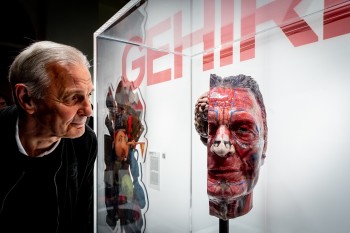
Since 1817, the Senckenberg Society has been connecting research and knowledge dissemination. Its roots go back to 1763, when Johann Christian Senckenberg donated his fortune to science. With the opening of the Natural History Museum in 1907 and over 35 million collection items, it is now one of the leading biodiversity research institutes. Close collaborations and modern technologies drive research on evolution, climate change, and biodiversity. New projects and expansions ensure its place in the world of science.
How to get there
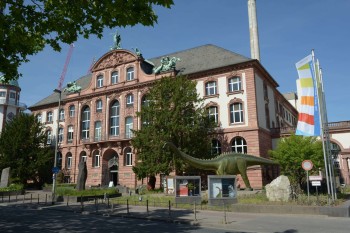
By car
There are no parking spaces available at the museum. However, several parking garages are located about a 10-minute walk away from the museum.
By public transport
The bus stop "Frankfurt (Main) Senckenbergmuseum" is located right in front of the main entrance, accessible via bus line 75. The nearest S-Bahn station is "Westbahnhof," which is about a 12-minute walk away and is served by lines S3, S4, S5, and S6. The museum can be reached by U-Bahn from the "Bockenheimer Warte" station, which is about a 7-minute walk away. U4, U6, and U7 lines stop there. Tram lines 16 and 17 stop at "Ludwig-Erhard-Anlage," which is about a 4-minute walk away.
